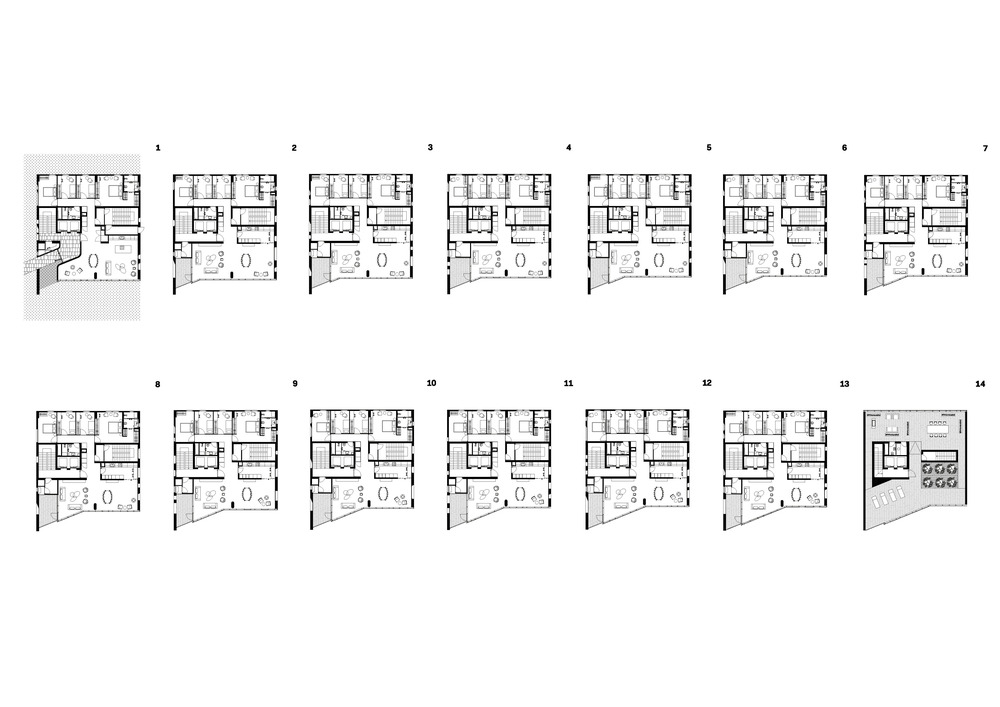
- 23 December 2024
- 191 defa okundu.
Like a Rock: Zenel Distinguishes Itself Within the Turkish Coastal Landscape
Designed by Aytaç Architects in Erenköy district of Istanbul, Zenel stands out as an innovative residential building that establishes dynamic relationships with its surroundings by prioritising the grid structure of Bağdat Street and user comfort.

Aytaç Architects, a multi award-winning firm that strives to create powerful and clear design solutions unique to their surroundings, proudly introduce Zenel, a 14-story residential building that has distinguished itself within the Turkish coastal landscape.
Zenel, located in the upscale Erenköy neighborhood in what’s commonly known as Istanbul’s Asian side, rises above a 1,138 m² site situated near vibrant Bağdat Avenue, which runs approximately 14 km from east to west along the coastline of the Sea of Marmara.

As opposed to old Istanbul, this relatively new neighborhood has been developed with a grid pattern formed by the east-west axis of Bağdat Avenue.
Accordingly, the ground plane of the building site follows the “Bağdat Grid” parallel to the avenue, while the aerial plane of Zenel rotates southward towards the Prince Islands, an archipelago located approximately 10 km south of the Sea of Marmara coast.

A Contextually Unique Design
That combination of forces allows the building to torque, from top to bottom, between the Bağdat grid and views of the islands, creating a sort of crystallized molten rock effect that is rugged and weathered on the outside, but pristine and polished on the inside.
At its base, Zenel is surrounded by a reflecting pool that delineates its boundaries, serving as a kind of moat that separates its presence from the surrounding cityscape.

Paradoxically, the reflecting pool also creates a strong social connection with the neighbourhood and its residents, with colourful fish and hydroponic plants serving as an attraction for locals.
Crossing the reflecting pool, a bridge leads to the building’s entry through a porous facade, the latter being reminiscent of eroded rock. Water seeps through an undulated entrance wall behind the facade, creating a unique and transitional space.

A Cocoon of Comfort
Each apartment in the Zenel building offers a unique aperture to frame the city through lateral facades facing its neighbouring buildings, while simultaneously creating a sense of intimacy for its residents.
Each apartment is heated and cooled by an air-to-water heat pump system, which dramatically reduces the carbon footprint of the building.

Zenel’s unique lateral facades are equipped with state-of-the-art technology to protect residents from potentially harmful electromagnetic radiation emitted by mobile phone masts scattered throughout the city.
Additionally, combined with the building’s silver-coated glass facades, the lateral facades create a protective Faraday cage around the building.

“Zenel is a prime example of our firm’s focus on developing architecture that transgresses the normal boundaries of traditional forms and materials.”

Etiketler




























































